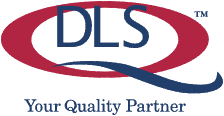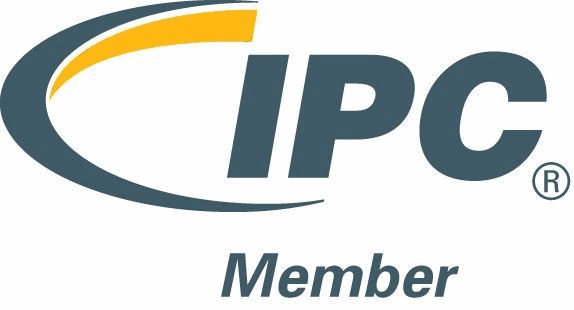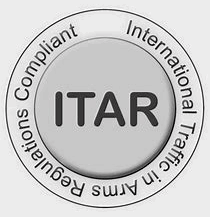As a leading PCBA company, MPL understands the ins and outs of all individual assembly processes. On our blog, we recently mapped out several common faults and errors to avoid during the through-hole soldering process, specifically, to ensure high-quality end results.
For this post, we will be covering common Surface Mount Technology defects. SMT is another popular assembly option among customers - and growing - as it is more suitable for “advanced technology” products continuously shrinking in size. Plus, surface mount components can create a far more efficient manufacturing process overall.
Occasionally, there is overlap between the common defects for both assembly strategies, though the two processes differ greatly. We invite our customers to learn more about the factors that must be addressed when assembling printed circuit boards using surface mount technology:
Electrical Bridging
Electrical bridging is what happens when a printed circuit board’s conductors are impeded by excess solder paste. Even the smallest amount of solder can interrupt the electrical connection of an entire PCB assembly, which is why it is crucial for manufacturers to use exacting precision during the print arrangement stage of assembly. Reflow profiles can also affect the likelihood of electrical bridging, because this step works to melt board particles together, increasing the possibility of solder interfering with the board’s connectors.
Insufficient Solder Joints
While the excess solder that can cause electrical bridging is a critical assembly issue, insufficient soldering can be an equally troubling defect. When an incorrect amount of solder is used, the quality of printed circuit board assemblies will suffer, resulting in electrical opens and poor board functionality – or none at all.
Solder Balling
Solder balling is an issue that can occur during surface mount and through-hole processes alike. Similarly to electrical bridging, solder balls can interrupt the electrical connection of a PCBA; however, solder balls differ from electrical bridging because this assembly defect is much more easily remedied. Water-soluble soldering allows for the simple removal of solder balls during the cleaning process. If solder balls continue to cause issues, it is also possible to adjust the powder size used during the surface mounting process.
Tombstoning
Tombstoning is a surface mount technology assembly error that is related to the reflow process. Occasionally, a printed circuit board component will partially pull away from the board during this process, resulting in only one end of the component being soldered. When this happens, the component appears to stick up vertically, much like a tombstone in a graveyard, which is how this common error received its name. Tombstoning is a problem for manufacturers because this error is another way PCBA’s develop open circuits. Assemblers can avoid this issue by conducting the SMT process within a controlled environment with minimal movement or humidity that could impact component placement.
Cold Solder Joints
Insufficiently heated solder will cause issues during assembly processes involving surface mount technology. The main result of this error is that the PCB assembly will experience poor wetting, which will impact the connectivity of the soldered components. Fortunately, the easy solution to this problem is to consistently check the reflow heat temperatures to verify that solder paste will be properly heated for the application.
Combat Common Errors in Surface Mount Technology by Partnering with the Best
The defects listed above are the most common, but a quality PCB assembler with experienced manufacturing personnel and tight process control can prevent these defects before they occur – or, at worst, rework the device back to functionality.
MPL is proud to be a reliable source for all services related to surface mount technology. We invite you to experience the benefits of working with a company that understands assembly, inside and out, for yourself.




